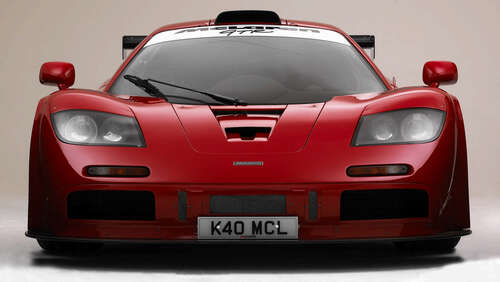
Mazda is — and has been for many decades now — one of the last manufacturers to believe in the capability of the rotary engine. The 13B-REW is proof that Mazda’s efforts to progress the unique design were warranted, as it provided a suitably potent heart for one of the brand’s most celebrated cars, the FD RX-7. It featured a specially developed sequential twin-turbo system, the first of its kind, to eradicate the turbo lag that had plagued earlier turbocharged engines. It wasn’t the first 13B to be produced, as one had already been in use for years in earlier generations of the RX-7, but the twin-turbo version was particularly special.
With just 1.3L of displacement, Mazda wrung enough power out of the engine to hit the 276 horsepower limit of the gentleman’s agreement. There was advance room for improvement too, as in the following decades, tuners have built engines with more than double the quoted stock output, albeit often at the cost of reliability.
Despite not producing a new car with a rotary engine for more than a decade, Mazda continues to make new 13B engines today, with a small team of craftsmen at the brand’s factory handling everything from machining parts to final assembly. Each new engine is completed by a single engineer, and just two examples are produced every day. They’re available to order from Mazda directly, both to exchange broken engines in aging cars and, in theory, to create new rotary builds, too.

